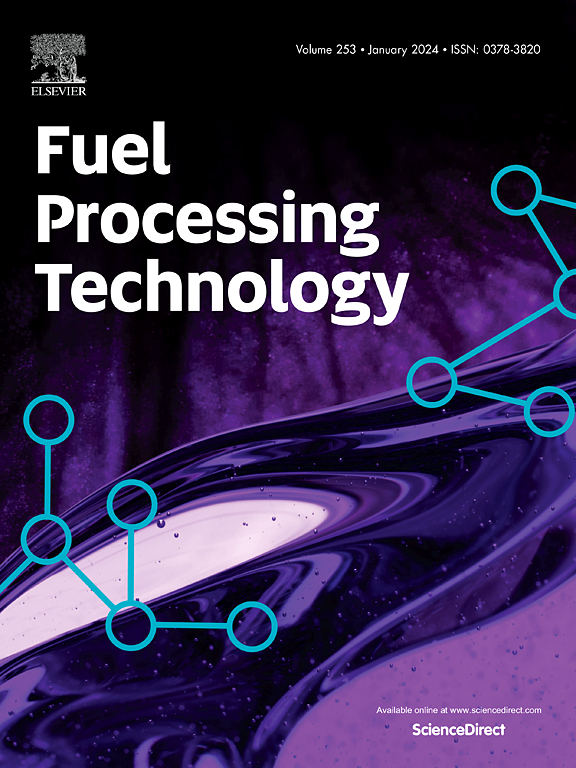Combustion characteristics of Al/B loaded Gel fuel droplets under high temperature and pressure
IF 7.7
2区 工程技术
Q1 CHEMISTRY, APPLIED
引用次数: 0
Abstract
This research investigates the combustion behavior of aluminum and boron loaded gel fuel droplets (10–20 wt%) under high-temperature and high-pressure conditions. High-speed and color imaging captured the combustion process. The addition of gellant induces micro-explosions that enhance the burning rate; however, increasing particle concentration weakens this effect. At high concentrations, early particle shell formation hinders gel layer development, suppressing micro-explosions. Both micro-explosions and particle shells promote liquid-phase combustion. At low concentrations, micro-explosions dominate the enhancement, while at high concentrations, larger, early-formed particle shells are the primary contributor. Increasing ambient pressure reduces micro-explosion intensity but shortens ignition delay and raises the burning rate. Under high pressure, weak micro-explosions offer less enhancement and lead to larger particle agglomerates. Aluminum and boron gel droplets show similar liquid-phase behavior, but differ in particle combustion: aluminum ignites under all conditions, while boron requires higher pressures. The combustion process of high-concentration gel droplets under elevated conditions is divided into four stages: Stable Combustion, Particle Shell Formation, Particle Agglomerate Ignition, and Molten Particle Combustion. This staged model emphasizes the dominant role of particle shells, with minor contributions from micro-explosions.
含Al/B凝胶燃料液滴高温高压燃烧特性研究
本研究考察了含铝和含硼凝胶燃料液滴(10-20 wt%)在高温高压条件下的燃烧行为。高速和彩色成像捕捉到燃烧过程。凝胶剂的加入引起微爆炸,提高燃烧速度;然而,随着颗粒浓度的增加,这种效应减弱。在高浓度下,早期颗粒壳的形成阻碍了凝胶层的发育,抑制了微爆炸。微爆炸和颗粒壳都促进液相燃烧。在低浓度下,微爆炸是增强的主要因素,而在高浓度下,较大的、早期形成的颗粒壳是增强的主要因素。环境压力的增加降低了微爆强度,但缩短了点火延迟,提高了燃烧速度。在高压下,弱微爆炸的增强作用较小,导致颗粒团聚较大。铝和硼凝胶液滴表现出相似的液相行为,但颗粒燃烧不同:铝在所有条件下都能点燃,而硼需要更高的压力。高浓度凝胶液滴在高温条件下的燃烧过程分为稳定燃烧、颗粒成壳、颗粒凝聚点火和熔融颗粒燃烧四个阶段。这个阶段模型强调粒子壳的主导作用,微爆炸的贡献较小。
本文章由计算机程序翻译,如有差异,请以英文原文为准。
求助全文
约1分钟内获得全文
求助全文
来源期刊

Fuel Processing Technology
工程技术-工程:化工
CiteScore
13.20
自引率
9.30%
发文量
398
审稿时长
26 days
期刊介绍:
Fuel Processing Technology (FPT) deals with the scientific and technological aspects of converting fossil and renewable resources to clean fuels, value-added chemicals, fuel-related advanced carbon materials and by-products. In addition to the traditional non-nuclear fossil fuels, biomass and wastes, papers on the integration of renewables such as solar and wind energy and energy storage into the fuel processing processes, as well as papers on the production and conversion of non-carbon-containing fuels such as hydrogen and ammonia, are also welcome. While chemical conversion is emphasized, papers on advanced physical conversion processes are also considered for publication in FPT. Papers on the fundamental aspects of fuel structure and properties will also be considered.
 求助内容:
求助内容: 应助结果提醒方式:
应助结果提醒方式:


